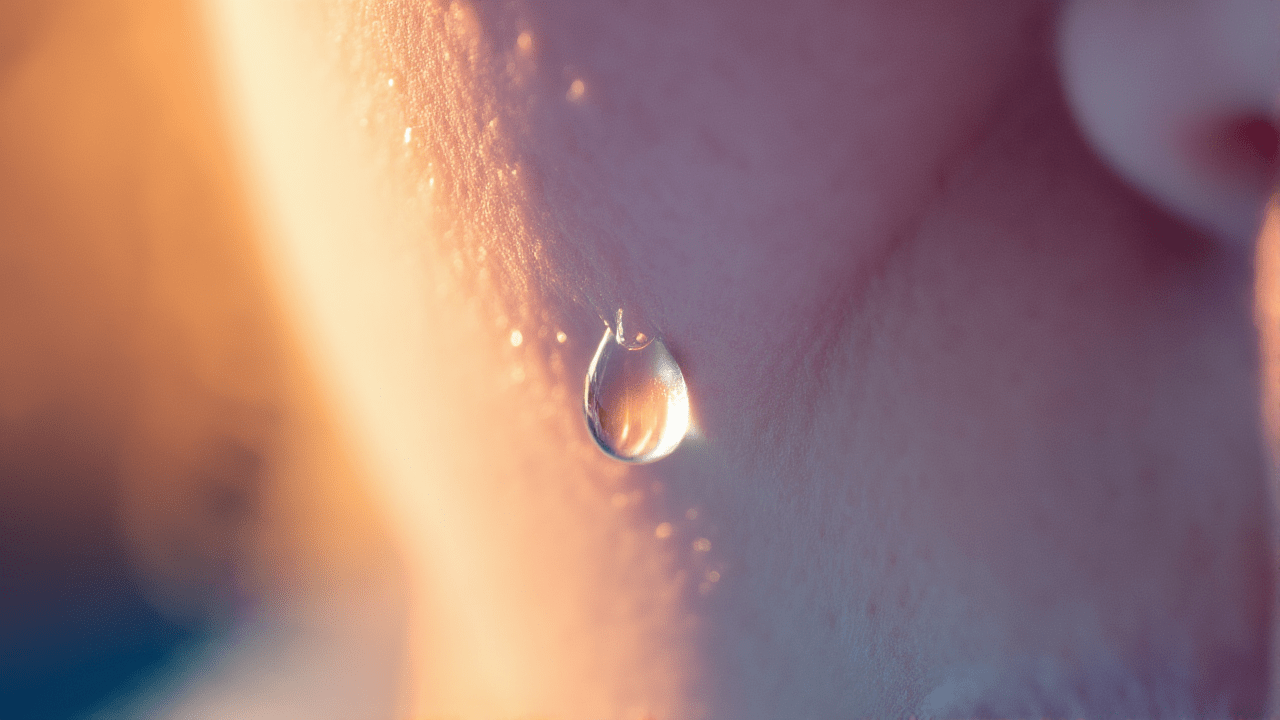Have you ever wondered why we cry? It’s a universal human experience, from a baby’s first wail to tears of joy or sorrow in adulthood. But what’s really going on when our eyes well up? Let’s dive in!
Not all tears are the same! Our bodies produce three main types: basal, reflex, and emotional. Each serves a unique, important purpose.
First, we have basal tears. These are the unsung heroes, constantly working behind the scenes. They’re always present, keeping our eyes lubricated, nourished, and protected from dust and debris. Think of them as your eyes’ built-in windshield wipers and cleaning solution! They even contain antibacterial properties to fight off germs.
Next are reflex tears. These are your eyes’ emergency response team! If something irritating gets in your eye, like dust, smoke, or even those pesky onion fumes, reflex tears kick into action to flush it out and protect your precious vision.
But then there are emotional tears – the ones that come with strong feelings. These are the most mysterious and uniquely human type of tears. They’re not just water; they contain different hormones and chemicals, including stress hormones.
One key reason we cry emotionally is for stress relief. When we’re overwhelmed, crying can help our bodies release stress hormones and other chemicals that build up. It’s like a natural detoxification process for your mind and body! This also activates the parasympathetic nervous system, helping to calm us down.
Emotional tears also trigger the release of ‘feel-good’ chemicals like oxytocin and endorphins. These natural painkillers can help ease both physical and emotional pain, leading to a sense of well-being and even boosting your mood!
Beyond internal benefits, crying is a powerful form of communication. It signals vulnerability and distress, prompting empathy and support from others. It’s a social glue that helps us connect and strengthen our bonds, showing we need comfort and understanding.
So, crying is much more than just a sign of sadness. It’s a complex, natural, and vital human response that helps us maintain eye health, release stress, manage pain, boost our mood, and connect with those around us. It’s truly a multifaceted mechanism for our well-being. Don’t be afraid to shed a tear; it’s a sign of being human!

